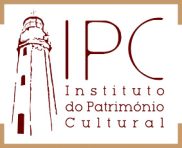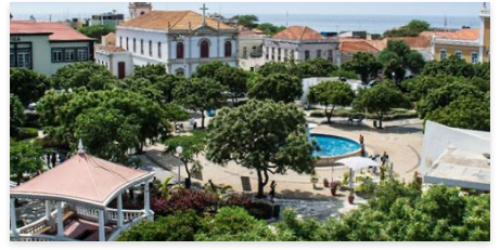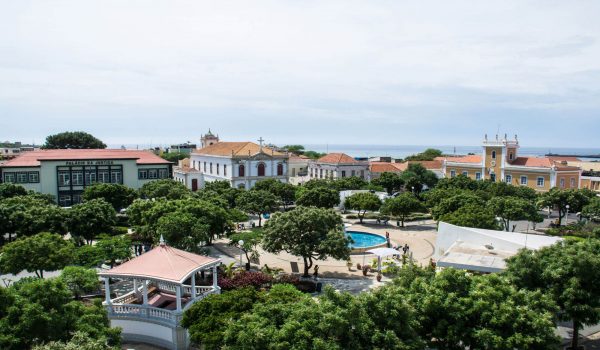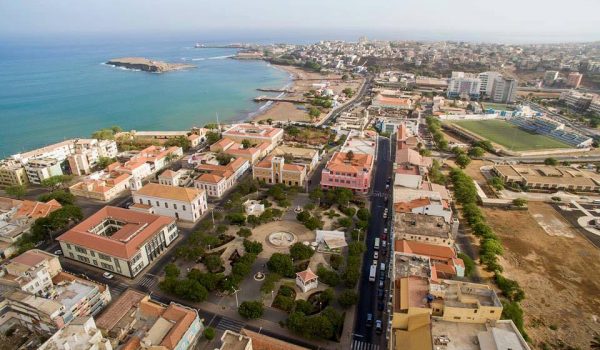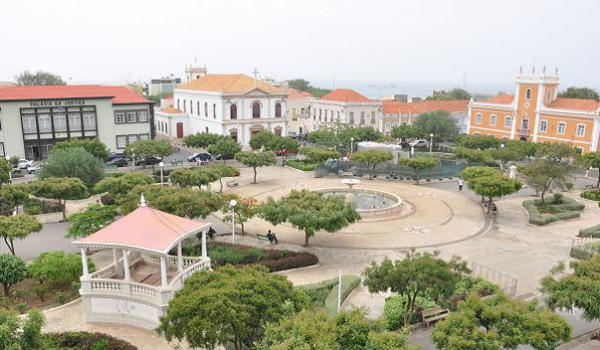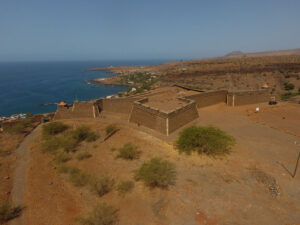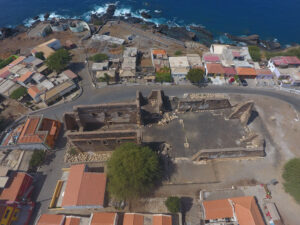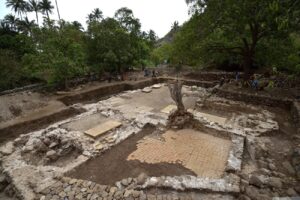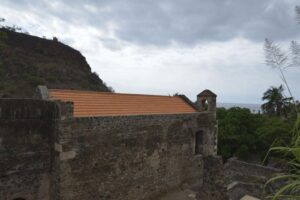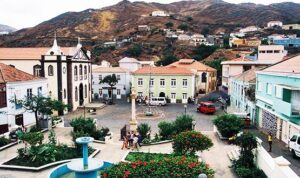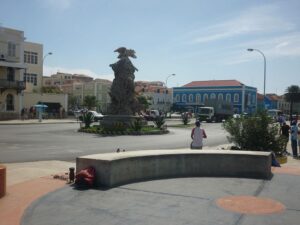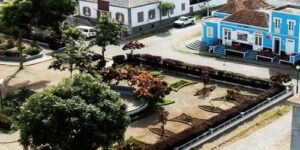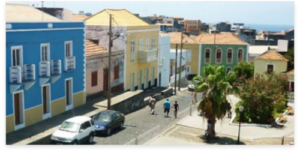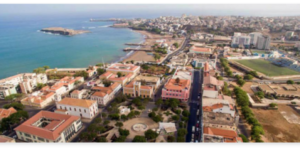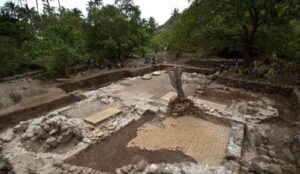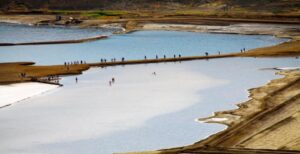The Historic Center of Praia (Plateau) corresponds to a primitive population center, with 28 hectares of surface, located on the naturally fortified plateau of Santa Maria da Vitória, overlooking the port of the same name, through which the city emerged.
It was immediately configured as a strategic military site, allowing the control of maritime and commercial activities throughout the area. The site currently houses a significant set of Cabo Verdean colonial past, consisting of numerous administrative, military and religious infrastructures, significantly preserved and confined in this small space.
ler maisWith the decline of the port Authority of Alcatraz, to which it belonged, Praia of Santa Maria, as it was then called, developed in the second decade of the 16th century, becoming the headquarters of the Northern Port Authority. It also became a town.
Later, it also benefited from the decline of the city of Ribeira Grande to become, over time, due to its privileged location, its large port, its salubriousness and its better conditions of defence against pirate and corsair attacks, the main population centre of the province of Cabo Verde.
However, in the mid-16th century, the village was insignificant, with houses and straw huts predominating around the Church of Nossa Senhora da Graça. Gradually, Praia of Santa Maria absorbed all the technocracy initially set up in the then tottering Ribeira Grande. In the 14th of August of 1612, Felipe II, ordered by charter that the governor or bishop would reside alternately in Praia, preluding the definitive transfer of the administrative and ecclesiastical headquarters to this village. However, the confirmation of Praia as the true capital of the Province of Cabo Verde, would only be a reality in 1770.
Despite the change of the capital, Praia remained devoid of infrastructures consistent with the condition it boasted. Thus, the central and local governments made efforts to plan the urban development of the town, with streets, open areas and squares, construction of pertinent infrastructures such as the pier, the customs office, the military barracks, the hospital and the Town Hall, among others. And in terms of hygiene, drying up the main swamps that flanked the town, bearing in mind the serious damage they caused to public health.
On 28 April 1855, Governor Arrobas definitively established the capital of the province in the town of Praia, thus putting an end to the "eternal discussion" about moving the capital to other places, due to the insalubrity of the town during the rainy season.
In 1858, the town of Praia was ascended to the condition of city, and later in 1975, with the independence of the country, it became Capital of Cabo Verde. In May 2013 it was elevated to the category of National Heritage, by resolution No. 67/2013 of 17 May.
ler menos